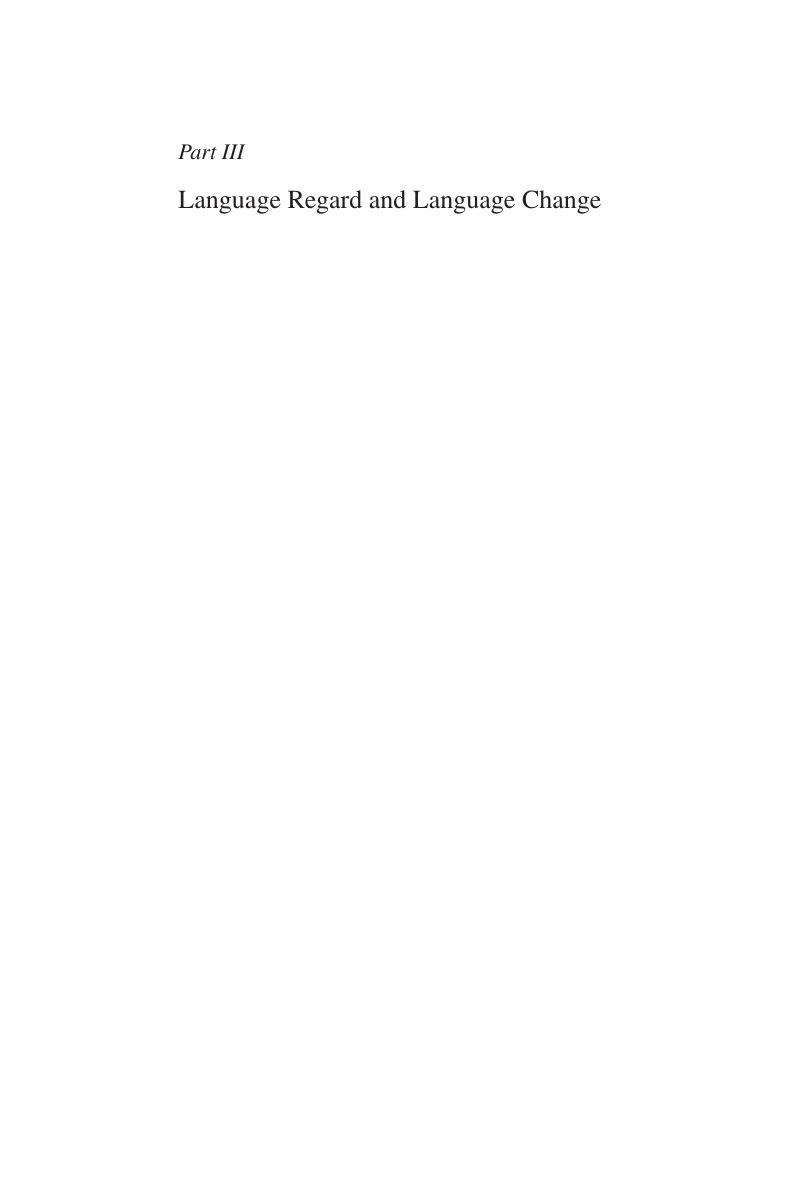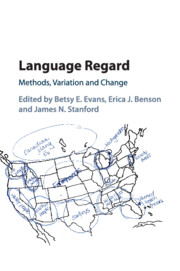Part III - Language Regard and Language Change
Published online by Cambridge University Press: 12 January 2018
Summary

- Type
- Chapter
- Information
- Language RegardMethods, Variation and Change, pp. 237 - 299Publisher: Cambridge University PressPrint publication year: 2018



